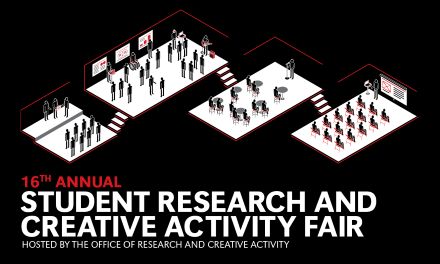Algorithmic graph theory analysis of human donor natural killer cell immunophenotype composition and cancer killing capacity
Presenter Type
UNO Undergraduate Student
Major/Field of Study
Bioinformatics
Advisor Information
Dr. Paul W Denton
Location
MBSC306 - U
Presentation Type
Oral Presentation
Start Date
24-3-2023 10:30 AM
End Date
24-3-2023 11:45 AM
Abstract
Natural killer (NK) cells are an integral component of the human immune system with the capacity to kill malignant cells via direct killing as well as via antibody-dependent cellular cytotoxicity (ADCC). As NK cells interact with stimuli, they express various activating and inhibitory protein markers on their surface in a process that continuously changes their surface marker composition (immunophenotype). Our lab has developed and currently utilizes a flow cytometry-based assay, the natural killer cell simultaneous ADCC and direct killing assay (NK-SADKA), for investigation of NK cell capacity in response to combination immunotherapies. Additionally, we have developed an eight-color NK cell immunophenotyping flow cytometry panel to assess donor NK cell profiles in parallel to the NK-SADKA. Donor killing efficacy data was clustered by killing efficacy using the k-means algorithm. Immunophenotyping data from 9 deidentified human donors was analyzed using FlowSOM, a well-established algorithm for subtype clustering of single-cell cytometry data, to predict the composition of distinct NK cell immunophenotypes present in each donor’s samples. Immunophenotype composition in untreated and anti-CD20 treated samples from each donor were separately assessed in relation to their ADCC and direct killing efficacies. Resulting data will help anticipate donor response in the NK-SADKA, and the described analytical pipeline may be applied to combination immunotherapy trials to predict donor response to various treatments.
Scheduling
10:45 a.m.-Noon, 1-2:15 p.m., 2:30 -3:45 p.m.
Algorithmic graph theory analysis of human donor natural killer cell immunophenotype composition and cancer killing capacity
MBSC306 - U
Natural killer (NK) cells are an integral component of the human immune system with the capacity to kill malignant cells via direct killing as well as via antibody-dependent cellular cytotoxicity (ADCC). As NK cells interact with stimuli, they express various activating and inhibitory protein markers on their surface in a process that continuously changes their surface marker composition (immunophenotype). Our lab has developed and currently utilizes a flow cytometry-based assay, the natural killer cell simultaneous ADCC and direct killing assay (NK-SADKA), for investigation of NK cell capacity in response to combination immunotherapies. Additionally, we have developed an eight-color NK cell immunophenotyping flow cytometry panel to assess donor NK cell profiles in parallel to the NK-SADKA. Donor killing efficacy data was clustered by killing efficacy using the k-means algorithm. Immunophenotyping data from 9 deidentified human donors was analyzed using FlowSOM, a well-established algorithm for subtype clustering of single-cell cytometry data, to predict the composition of distinct NK cell immunophenotypes present in each donor’s samples. Immunophenotype composition in untreated and anti-CD20 treated samples from each donor were separately assessed in relation to their ADCC and direct killing efficacies. Resulting data will help anticipate donor response in the NK-SADKA, and the described analytical pipeline may be applied to combination immunotherapy trials to predict donor response to various treatments.

